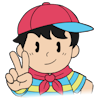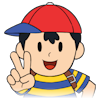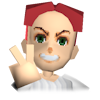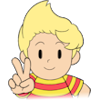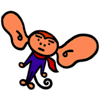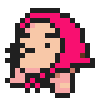1989 MOTHER Interview
by: Echoes on 1/26/2020
MOTHER gestated in the womb for two full years. I can’t help it: At this point, I want to play the game myself. On top of that, I want show it off to my closest friends and let them play it, too. I think that feeling comes from the fact that my starting point for MOTHER was to make a game I personally would really want to play if it existed.
I went through a period where I played Famicom games to a degree most would consider obsession. That was how I started to think about making games, “If it were me, I’d do this here,” or, “I’d make it like this instead.” Around that time I had a chance, on a different business matter, to visit Nintendo in Kyoto. I thought, this is my chance! I can’t let this opportunity get away!…and I brought some game design plans I had created with me.
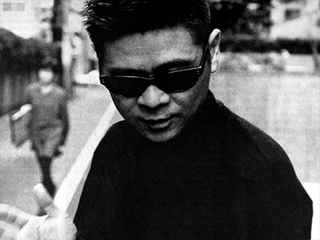
The business matter I had was actually fairly minor and would probably be over quickly, so I just kept fretting over, “When will I show them my plans, when will I show them my plans…” [laughs] When I did show them, they looked surprised. We talked and Miyamoto agreed to meet with me. But since I was an amateur and didn’t really know what I was doing, when I showed him my plans and was like, “This part is cool right here,” he didn’t seem at all impressed. I was discouraged. [laughs] It seemed Miyamoto hadn’t realized how much time and effort I’d put into this, and he told me, “I know it’s a lot of work, but…how about starting over from the beginning and making it simpler?” I took his words in a good way, but other people seemed to think it was Miyamoto’s way of telling me: “Please stop.” [laughs] Because of that, I became hesitant to talk with others about what I was doing. [laughs]
The title of “MOTHER” was something I came up with later. The basic elements of the game didn’t change much from my initial plans. It took a very long time to assemble the development team for MOTHER… about a month after I got the “go” sign from Nintendo. But at the beginning, I don’t think the team had much faith in me. There were rumors I had only ever attended two meetings, and I think people thought that this was a vanity project for me, like Takeshi no Chousenjou or something.
I was really serious about doing this game though, from start to finish. If it meant pulling all-nighters like game developers do, I was fine with that. I intended to learn whatever I needed, but in all seriousness, I was so enthusiastic that I would have done the most low-level work. Even now, I think there was a perception of the project like, “Itoi thinks he can just come in here and make a quick buck with a game, eh…” To the extent that I hadn’t proved myself then, I couldn’t say “That’s wrong,” to them. But thankfully, now I can.
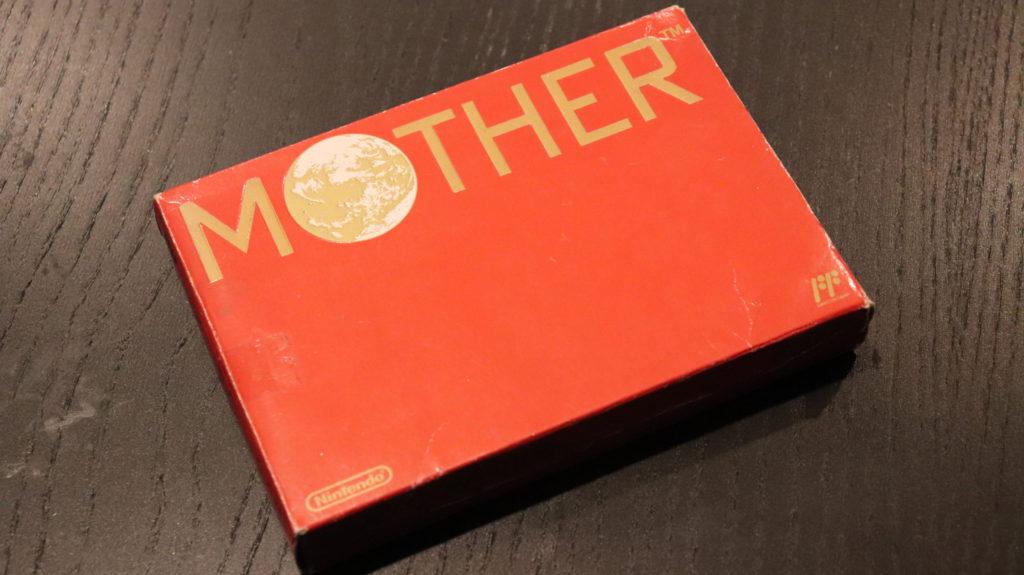
The title MOTHER has various meanings. Bosen means “Mothership,” which is probably the closest. RPGs in a medieval Europe setting are definitely flourishing these days. But I don’t know anything about medieval Europe. And I suspect no one else does either, if you want to know the truth. It seems that everyone just bases their ideas off famous works like The Lord of the Rings. So I thought, if I’m going to make something, then a modern story would be far more interesting. A story that takes place in the world we see around us today, with kids of today talking with people of today, having all manner of adventures. Earlier I had gone to Chicago for a job. I fell in love with the the houses and streets I saw there, and I made great use of that experience for MOTHER.
For the protagonist of MOTHER, you can think of him as American or Japanese, it doesn’t matter. Since Japanese kids are playing MOTHER, I suppose they’ll see him as Japanese. You can also name your entire party in MOTHER at the beginning of the game, and you’ll eventually encounter them in the story. Rather than allowing the player to switch characters freely at any time, the story was written so that switching characters would occur naturally. The parting and joining of party members itself creates a large part of the drama.
I really focused on the story for MOTHER. Same with dialogue…there are over 300 people in the game, and almost no one speaks the same lines. Maybe three people in total say the same thing. It’s a huge expansion compared to other RPGs, even considering the dialogue alone. I think people can have fun with just that aspect of the game. The different messages from enemies in battle are also very detailed; depending on the type and number of enemies, they’ll say different things. With MOTHER, I learned how difficult “words” can really be.
In MOTHER, there’s “PSI”, aka psycho power or ESP. It isn’t just some stand-in for “magic”, it’s known in the game world as ESP…psychokinesis, teleporting, things like that. There’s about fifty different abilities, if you consider the different levels of power. And of course there’s useless abilities too. The characters who can’t use ESP are the boy with glasses (Roid) and the guy with the pompadour hair (Teddy). It wouldn’t make sense if the boy could. The pompadour guy, Teddy, meets the main character at a livehouse. He’s the leader of the Black Blood gang, or “bura bura” gang for short. [laughs] He has a funny role, sort of like Koji Tsuruta in a Ken Takakura movie.[laughs] There’s even a scene where a girl falls in love with him, but well… I’ll leave that for you to discover. [laughs]
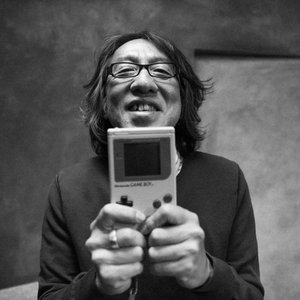
The sound was primarily done by Tanaka at Nintendo, but at the beginning, I don’t think he understood me at all. I didn’t want the music to be your standard video game BGM, you see. His technique was incredible, however, and in the course of composing demo after demo he came to understand me, and we built a relationship of trust between us. In MOTHER, the music has an extremely important role, and it’s also used to trick the player. Designing this game gave me that idea. You can’t see music, so it’s difficult to use in a game. But precisely because you can’t see it, if it can be used it really expands the world of the game, or adds a sense of depth to it. I became really excited about those possibilities in the course of making MOTHER, and so music is essential to the game.
It wasn’t an influence, but the game that had the biggest impact on me was definitely Dragon Quest III. But since it’s become clear to me that our approach to making games is different, that impact has somewhat cooled. [laughs] For me, I’m trying to create an experience that, while being a game, is like a movie…the feeling you get from renting a good movie from a rental store. If a normal workaday OL plays MOTHER and finishes it she should have that wistful feeling of, “Aw, it’s over.”
I’m already thinking of ideas for MOTHER 2. I’ve got two ideas…right now I’m wondering which will be best: A completely different story, or something close to the original. Perhaps I should leave it up to those of you who have played MOTHER…?
There’s tropes in games that everyone has simply resigned themselves to, right? Like NPCs speaking the same dialogue, or the fact that walking into a town icon will bring you into the town. Until now, we’ve just had to accommodate ourselves to these dissatisfactions. But since I really disliked those things, I wanted to prove that games could be more than this—and that they’ve still got room to evolve. Even if MOTHER is seen as a failure, that’s the direction I want to move further into. I think it’s meaningless when programmers simply try to challenge themselves on a technical level, like, “Oh, now we can have ten characters in a party!” Instead I think that if just one character is fascinating, and the story is exciting, that’s enough. You know, children find school and sports to be interesting and fulfilling; I want them to be able to say the same things about games.



